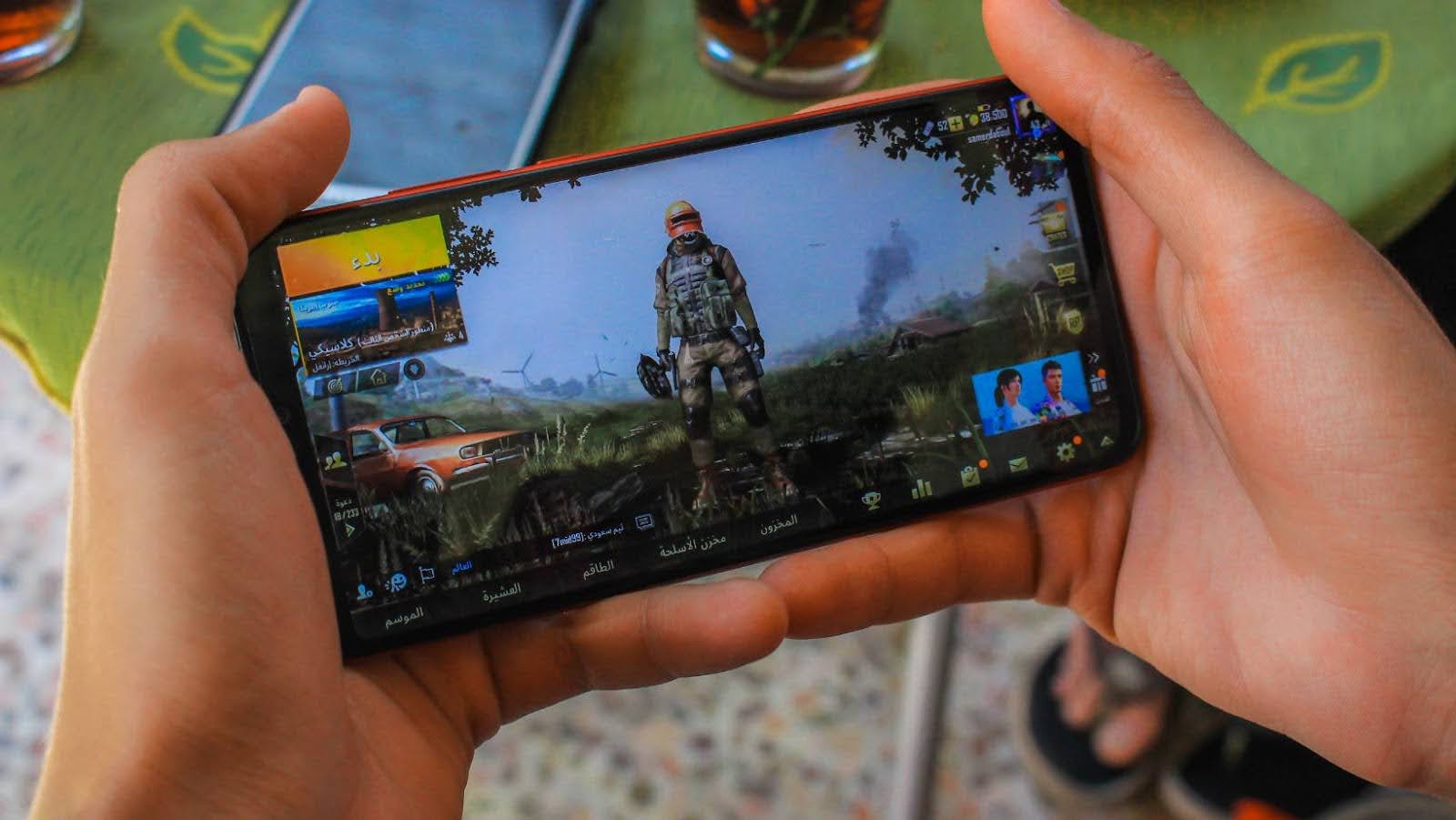
Most people encounter hundreds of advertisements daily and retain virtually none of them. Yet certain brands manage to lodge themselves in memory, not through clever copy or flashy visuals, but through something harder to define.
Research on consumer attention spans shows the average person forgets almost all of advertising content within 24 hours. But brands that create what psychologists call “emotional resonance” see recall rates jump high. That’s not coincidence, it’s what people are calling emotional marketing at work.
Modern buyers process purchasing decisions differently than they did some years ago. Consumer behavior studies reveal that 70% of purchase decisions now involve emotional factors before rational ones get considered. People aren’t just buying functionality anymore. They’re buying membership in something that feels authentic, something that matches their internal sense of identity.
Mobile Gaming
Mobile games once served as simple distractions. Simple puzzle and physics games like Candy Crush and Angry Birds offered casual entertainment with easy tapping.
The industry has evolved dramatically. Today’s successful mobile games create immersive atmospheres that extend far beyond gameplay mechanics. Design elements now communicate specific emotional states, whether that’s rebellious energy, cozy comfort, or high-stakes excitement. Players don’t just interact with game systems anymore; they inhabit carefully crafted moods.
Player retention data reveals something fascinating. Games with strong emotional design see higher long-term engagement than mechanically similar games without emotional theming. The stickiness factor isn’t coming from new features or regular updates. It’s coming from psychological alignment between player identity and game personality.
Same deal, different flavor, with mobile casino games. That category exploded because it figured out how to feel effortless. You want to bet real money? Cool. Two taps and you’re in. No drag. Just clean visuals, flashy sounds, fast deposits; and an even smoother exit when you’re ready to cash out.
That’s why all popular payment options are featured, from credit cards like Visa and Mastercard to e-wallets like PayPal and Skrill. For even more convenience, pay by phone casino sites let you enjoy games on your mobile and charge the expense to your phone bill.

Besides offering seamless payment methods, today’s mobile gaming experience is personalized to each player. Your experience on a casino app or gaming app feels specifically tailored for you.
E-Commerce
E-commerce used to be a transaction. See a product. Buy the product. Done. But now, it’s a personality test. Conversion data from different e-commerce sites shows a clear pattern. Sites that feel like they “get” their customer convert better than sites that just list features and prices. That means tone, visuals, copy, even background music on some sites. All of it needs to click emotionally.
And yeah, this is why social media is running the show. Consumers aren’t just clicking on ads. They’re buying from Instagram reels and TikTok lives. Consumers are drawn to tweets that feel more like diary entries than promotions. Moreover, aesthetics are everything. But it’s not just about being pretty. It’s about identity. About the emotional aftertaste of interacting with a brand.
The sustainability angle is fascinating too. Data on how “eco-friendly” messaging affects purchase decisions reveals something unexpected. Generic green claims barely move the needle. But brands that make sustainability feel like an identity choice, like a way to signal your values, see massive upticks in customer loyalty.
Even the personalization algorithms have evolved. Amazon’s “customers who bought this” used to be about similar products. Now it’s about similar lifestyles. The recommendations feel less like math and more like a friend who knows your taste.
SaaS
You’d think software-as-a-service would be purely rational purchasing decisions. Features, price, and functionality. But the fastest-growing SaaS companies in 2025 all have something in common: they make using their product feel good.
Comparisons of onboarding experiences across different SaaS tools show a strong correlation. Tools with emotionally-designed user experiences see better trial-to-paid conversion rates. It’s not about the features anymore, it’s about how the software makes you feel about your work.
Slack changed everything here. They made workplace communication feel casual and human instead of corporate and stiff. Now every B2B tool tries to copy that playbook. Even project management software tries to make task completion feel rewarding instead of mechanical.

The language matters too. Analysis of customer support interactions across various SaaS companies shows that those using conversational, human language see 3x higher customer satisfaction scores than ones using technical jargon. People want to feel like they’re talking to humans, even when they’re configuring software.
Why Does Emotional Connection Matter This Much?
Because people don’t buy features. They buy feelings. Vibe marketing tells people what your brand feels like before they know what it does. Industries embracing vibe-focused strategies see measurably higher engagement rates, customer retention, and lifetime value compared to feature-focused competitors. The data suggests that successful brands in 2025 will prioritize selling experiences and identity alignment over technical specifications.

